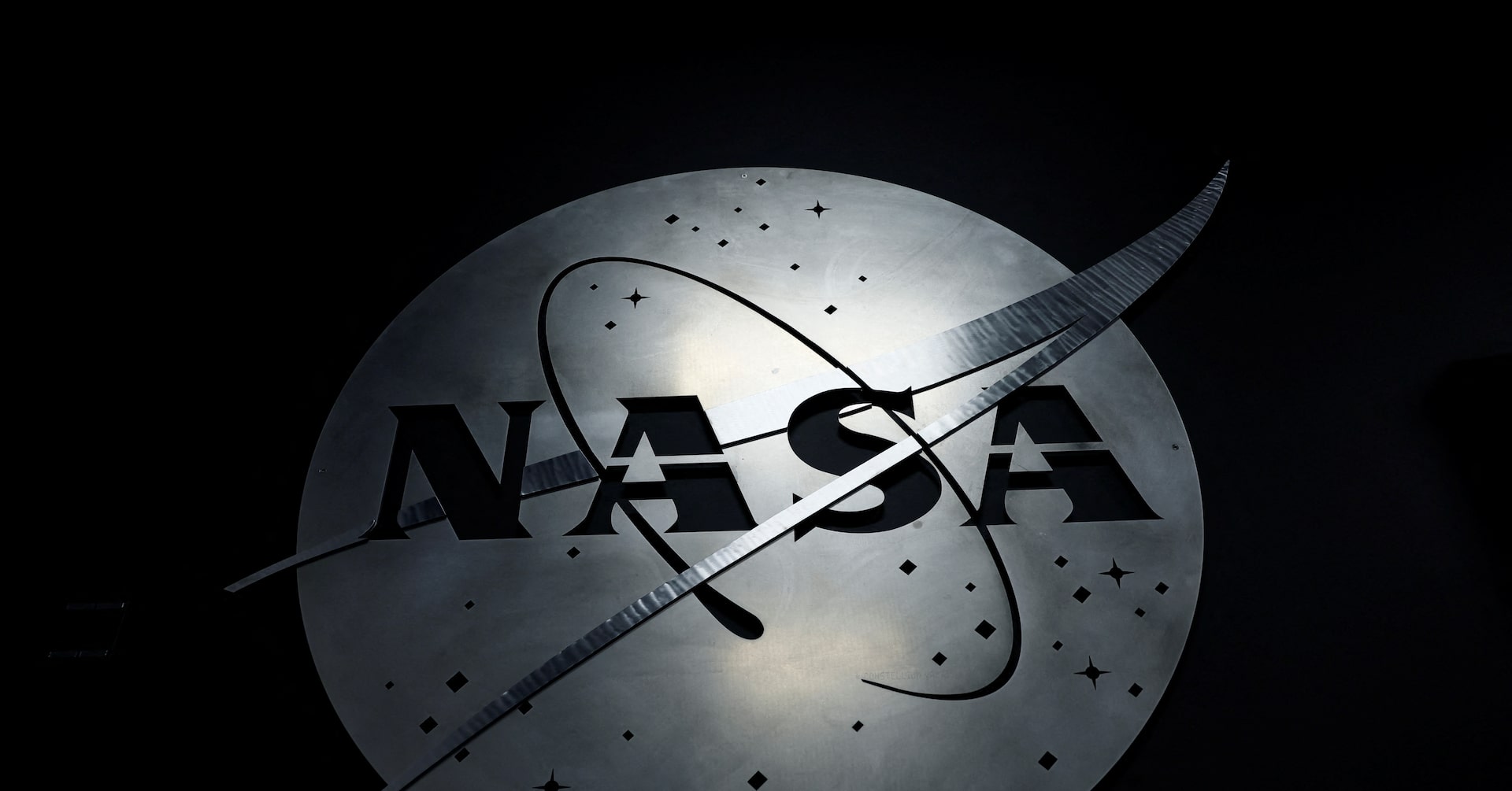Space Dreams on Hold: NASA's Budget Cuts Threaten Lunar Ambitions and Scientific Frontiers

The Trump administration is poised to dramatically reshape NASA's space exploration strategy, proposing sweeping budget cuts that could fundamentally alter the agency's lunar and planetary missions. In a bold move, the White House is targeting key elements of NASA's existing moon program, signaling a strategic pivot towards commercial space ventures and an ambitious Mars-focused agenda.
The proposed $6 billion budget reduction represents a significant restructuring of NASA's current plans, potentially redirecting resources from traditional government-led space exploration to more innovative, privately-driven approaches. This strategic realignment suggests the administration sees greater potential in commercial space companies to drive technological advancement and reduce overall exploration costs.
By challenging established NASA projects and prioritizing a more dynamic, market-driven approach to space exploration, the Trump administration is sending a clear message about its vision for America's future in space. The proposed cuts could accelerate the transition from government-centric space programs to a more collaborative model that leverages private sector innovation and efficiency.
While the full implications of these budget cuts remain to be seen, they represent a potentially transformative moment in U.S. space policy, signaling a willingness to take bold risks in pursuit of more ambitious interplanetary exploration goals.
